Second World War, August offer, Individual Satyagrahas & Cripps Mission
Lord Linlithgow (1936-44)
- Longest reign as viceroy of India
- Beginning of the Second World War
- Coming into force of the Government of India Act 1935 with provinces going to elections
- Arrival of the Cripps Mission
- Beginning of the Quit India Movement
- Great Famine of Bengal (1943)
The Second World War and Nationalists Response
- In 1937 elections were held under the provisions of the Government of India Act of 1935
- Congress Ministries were formed in seven states of India.
- On 1 September 1939, 2nd World War broke out
- The British Government without consulting the people of India involved the country in the war.
- The Congress vehemently opposed it.
- As a mark of protest the Congress Ministries resigned in all the seven Provinces on 12 December 1939
- The Muslim League celebrated this day as the Deliverance Day
- In March 1940 the Muslim League demanded the creation of Pakistan.
August offer
During the course of the 2nd World War, in order to secure the cooperation of the Indians, the British Government made an announcement on 8 August 1940, which came to be known as the ‘August Offer’, which proposed –
- Dominion status as the objective for India.
- Expansion of viceroy’s executive council & setting up of a constituent assembly after the war consisting of Indians to
- decide their constitution according to their social, economic and political conceptions
- subject to fulfilment of the obligation of the Government regarding defence, minority rights, treaties with states & all India services
- No future constitution to be adopted without the consent of minorities.
India’s Reaction to August offer
- The Congress rejected the August Offer
- Nehru said, “Dominion status concept is dead as a door nail”
Individual Satyagrahas
- Gandhi launched Individual Satyagraha against involving Indians in second world war
- It was limited, symbolic and non-violent in nature
- It was left to Mahatma Gandhi to choose the Satyagrahis
The aims of launching individual satyagraha were –
- to show that nationalist patience was not due to weakness;
- to express people’s feeling that they were not interested in the war they made no distinction between Nazism and the double autocracy that ruled India; and
- to give another opportunity to the Government to accept Congress demands peacefully.
- Demand of the satyagrahi would be the freedom of speech against the war through an anti-war declaration.
- Satyagraha also called for march towards Delhi, which came to be known as the “Delhi Chalo Movement”.
Points of Prominence
- Acharya Vinoba Bhave was the 1st to offer Satyagraha and he was sentenced to three months imprisonment.
- Jawaharlal Nehru was the 2nd Satyagrahi and imprisoned for four months.
- The individual Satyagraha continued for nearly 15 months.
Cripps Mission
- In March 1942, a mission headed by Stafford Cripps was sent to India with constitutional proposals to seek Indian support for the war.
Main Proposals
- An Indian Union with a dominion status would be set up;
- It would be free to decide its relations with the Commonwealth and free to participate in the United Nations and other international bodies.
- After the end of the war, a constituent assembly would be convened to frame a new constitution.
- Members of this assembly would be partly elected by the provincial assemblies through proportional representation and partly nominated by the princes.
- The British Government would accept the new constitution subject to two conditions –
- any province not willing to join the Union could have a separate constitution and form a separate Union, and
- the new constitution making body and the British Government would negotiate a treaty to effect the transfer of power and to safeguard racial and religious minorities.
- In the meantime, defence of India would remain in British hands and the governor-general’s powers would remain intact.
The Congress objected to:
- The offer of dominion status instead of a provision for complete independence
- Representation of the states by nominees and not by elected representatives.
- Right to provinces to secede as this went against the principle of national unity.
- Absence of any plan for immediate transfer of power and absence of any real share in defence
- The governor general’s supremacy had been retained, and the demand for governor-general being only the constitutional head had not been accepted.
The Muslim League objection:
- Criticized the idea of a single Indian Union
- Did not like the machinery for the creation of a constituent assembly and the procedure to decide on the accession of provinces to the Union
- Thought that the proposals denied to the Muslims the right to self-determination and the creation of Pakistan.
For more updates, explore the Ancient India History. Feel free to share your thoughts and comments.
If you’re passionate about building a successful blogging website, check out this helpful guide at Coding Tag – How to Start a Successful Blog. It offers practical steps and expert tips to kickstart your blogging journey!
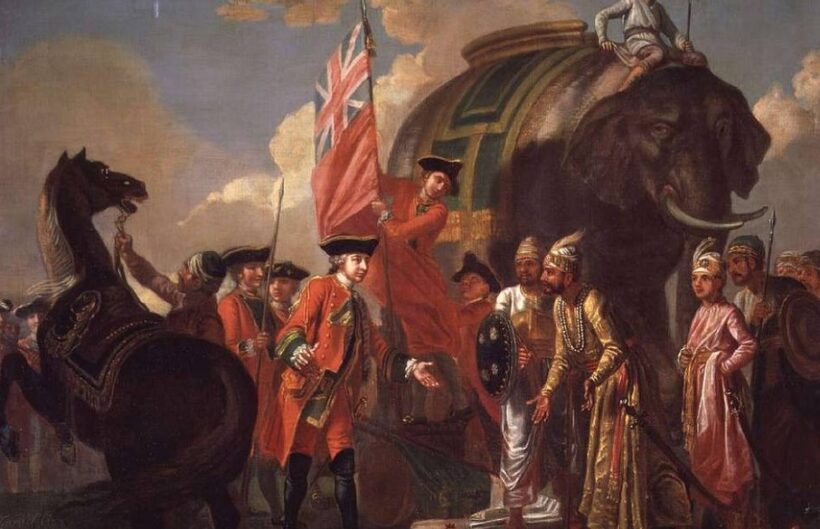
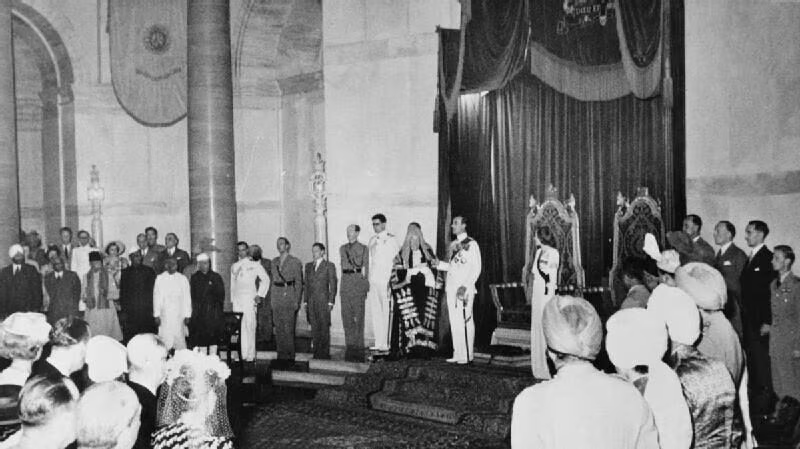
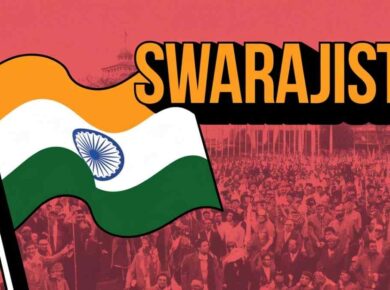
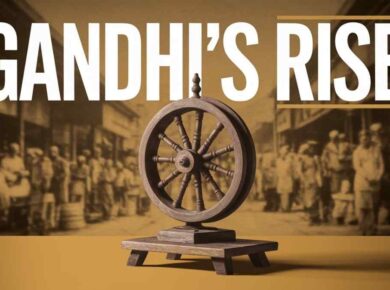
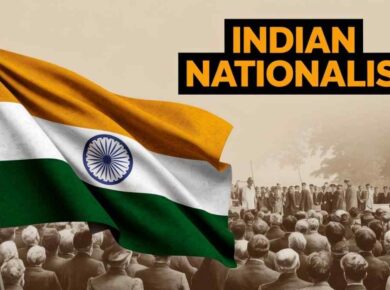
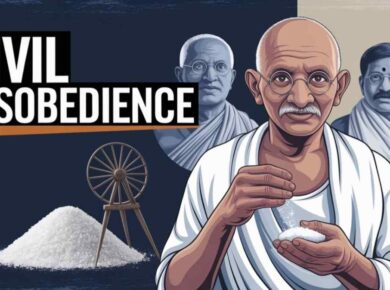
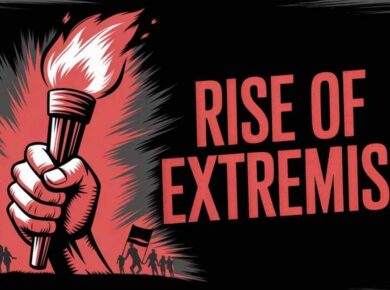
1 comment
thankyou very much to share the knowledge.